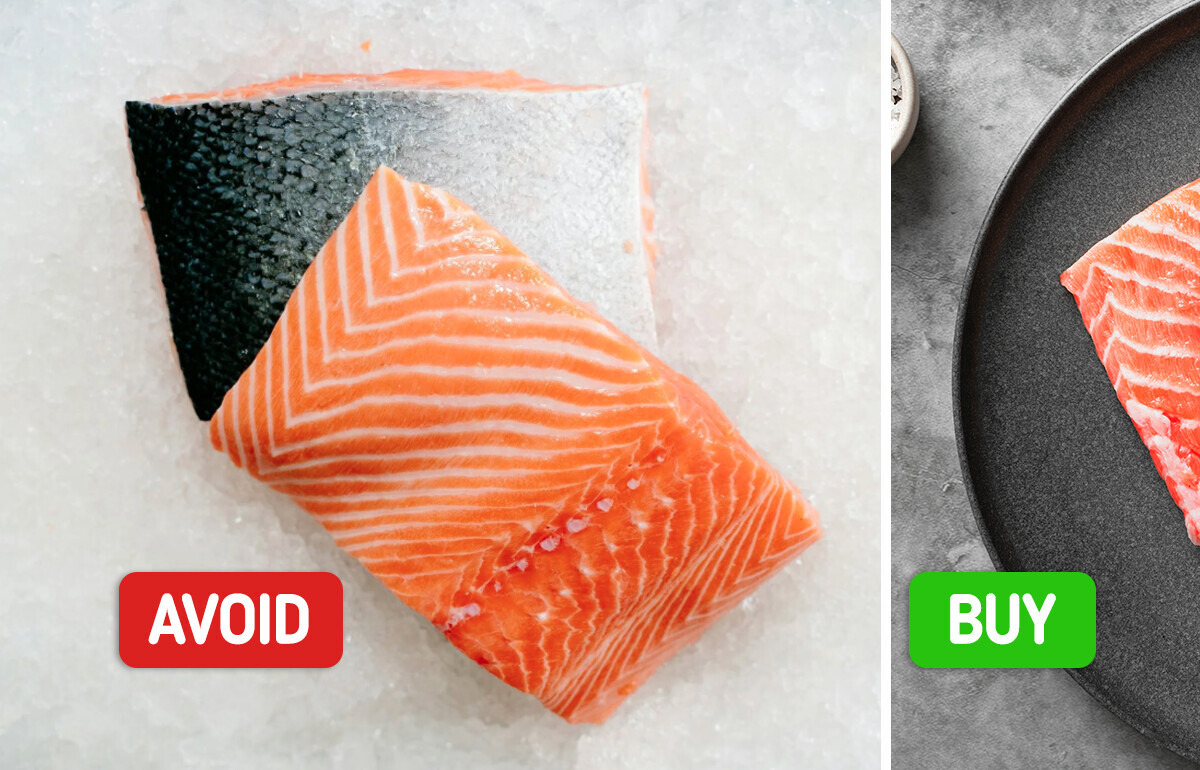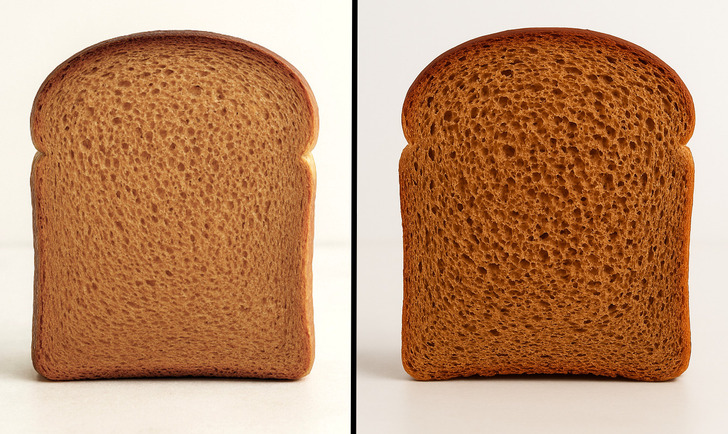Clint Eastwood’s Latest Appearance at His Daughter’s Wedding Has Everyone Saying the Same Thing


We want to believe the labels on our favorite food items—"extra virgin," “organic,” “wild-caught,” or “pure.” But sometimes these claims are more marketing than reality. The food fraud industry is booming, and it’s not just limited to rare delicacies or imported specialties. Fake foods are sneaking into everything from basic groceries to fancy treats—and most of us have no idea it’s happening.
By staying alert and informed, you can keep the fakes out of your fridge and have the real flavor on your plate. Trust your gut, read your labels, and remember: if it seems too good (or too cheap) to be true, it probably is.
The scam: Most of the wasabi served globally is a blend of horseradish, mustard, and green dye.
How to avoid it:
Why it matters: Authentic wasabi has anti-inflammatory compounds and is less harsh on the nose and throat.
The scam: Pre-grated Parmesan can be loaded with cellulose (yes, wood pulp) to prevent clumping. Some aren’t even real Parmigiano-Reggiano, but knock-offs made with fillers.
How to avoid it:
Why it matters: Aside from being misled, excessive cellulose may reduce the nutritional value of your cheese.
The scam: Spices like turmeric, paprika, and black pepper are often diluted with flours, dyes, or brick powder (yes, really).
How to avoid it:
Why it matters: Adulterated spices can contain toxic chemicals and heavy metals, posing serious health risks.
The scam: Labeled as “extra virgin” but often cut with cheaper oils.
How to avoid it:
Why it matters: Fake olive oil can lack the antioxidants and anti-inflammatory benefits of the real deal. Worse, adulterated oils may trigger allergies or contain harmful contaminants.
The scam: Brands mix real honey with sugar syrup or other sweeteners and still label it “100% pure.”
How to avoid it:
Why it matters: You’re losing out on honey’s antibacterial and antioxidant properties. Also, some fake honey may include residues from banned antibiotics or pesticides.
The scam: That fancy truffle oil? Most likely it contains no real truffle, just synthetic flavoring (usually 2,4-dithiapentane).
Why it matters: Besides taste deception, some synthetic compounds may have harmful effects on sensitive individuals.

The scam: Many so-called “whole wheat” or “brown” breads are just white bread with molasses or caramel coloring.
How to avoid it:
Why it matters: Fake brown bread spikes blood sugar like white bread and offers little nutritional benefit.
The scam: Often, it’s just high-fructose corn syrup with flavoring.
How to avoid it:
Why it matters: Fake syrups offer no minerals or antioxidants and are just sugary impostors.
The scam: Farm-raised salmon is sometimes passed off as wild-caught and sold at a premium.
How to avoid it:
Why it matters: Wild salmon is higher in omega-3s and contains fewer contaminants. Farmed salmon often has additives and artificial dyes to mimic wild coloring.
The scam: Juice “cocktails” or “blends” are often diluted with water, sugar, and artificial flavorings—sometimes without any real fruit content.
How to avoid it:
Why it matters: Fake juices can be packed with empty calories and may lack the vitamins and minerals of the real thing.

That’s why knowing what’s real (and what’s not) is more than consumer savvy—it’s a wellness strategy.
To stay on the safe side:
But sometimes, reading the label isn’t enough. Sometimes, it’s that strange aftertaste. That nagging feeling you can’t explain. Read on and see why trusting yourself might be the most powerful survival skill of all.











